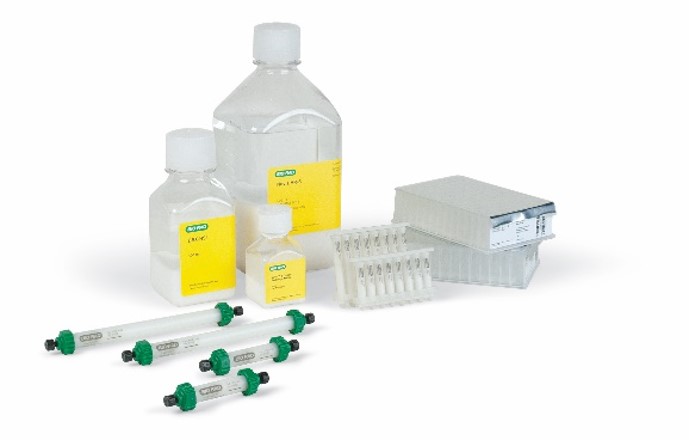Voices of Biotech
Podcast: MilliporeSigma says education vital to creating unbreakable chain for sustainability
MilliporeSigma discusses the importance of people, education, and the benefits of embracing discomfort to bolster sustainability efforts.
August 13, 2021

Date: Aug 13, 2021
Duration: 20 Min
Sponsored by Bio-Rad
This webcast features: William H. Rushton, Process Chromatography Support Scientist, Bio-Rad Laboratories
The formation of aggregates is a common occurrence during monoclonal antibody (mAb) purification and can happen for several reasons. Aggregates are undesirable due to the possibility of altered pharmacodynamics, pharmacokinetics, and/or increased immunogenicity. Generally, the formation of aggregates is shown to be product or process related. A high-resolution cation exchange (CEX) resin, Nuvia HR-S, has been shown to reduce aggregate content with high monomer recovery.
In this webcast, we will show how Nuvia HR-S effectively reduces aggregate content and separates closely related species. We will also discuss how on-column aggregate formation phenomenon is dependent on the resin type and on the resin’s interactions with the mAb loaded. Various cation exchange resins were evaluated. Nuvia HR-S Resin demonstrated the lowest proportion of on-column aggregate formation with two mAbs tested. On-column aggregate formation can be minimized by proper resin screening and subsequent optimization of resin type used for purification process development. In addition, we will discuss the presence of carboxyl groups in CEX resins that can lead to pH shifts during purification processes. These carboxyl groups respond to buffer changes by inducing an on-column pH gradient. We demonstrate examples of protein purification utilizing this gradient.
Key Takeaways
Separate closely related biomolecules
Reduce on-column mAb aggregate formation
Removal of aggregate in single step
Self-generate on-column resin pH gradients
Just fill out the form below to watch the recorded webcast.
You May Also Like